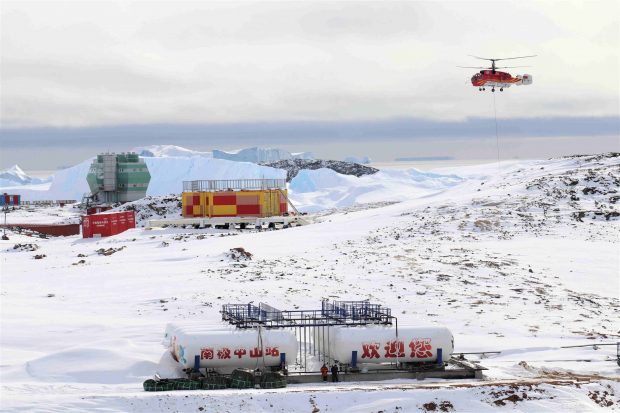
China’s Antarctica research station celebrates 30th birthday

China’s research base Zhongshan Station in Antarctica, an important contributor to China’s undertakings in exploring, protecting and tapping the continent’s potential, celebrated its 30th birthday on Tuesday(February 26th). After three decades of development, the station has grown into a logistical transit hub for the inland expedition on the icy continent, as well as a base providing logistical services for fixed-wing aircraft.
Named after Sun Yat-sen, a great patriot, the station was the second scientific research base on the Antarctic ice sheet built by China. It is also a neighbor of Progress station set up by Russia. After it was set up on Feb. 26, 1989, the station has made rounds of expansion and renovation to better the living conditions, and improve the capabilities of ensuring scientific research and offering logistical services. Researchers have moved from containers to steel structures with foam board insulation. It is also a modern “scientific hub” in Antarctica. The instruments and devices equipped by the station’s laboratory allow the scientific expedition teams to make preliminary analysis and studies on the collected materials and samples.
After Kunlun and Taishan, another two stations, were set up, and Snow Eagle 601, China’s first fixed-wing aircraft for polar flight, began its mission, Zhongshan station has grown into a logistical transit hub and service base for fixed-wing aircraft, which adds more energy to China’s overall strength in exploring the snowy land. China has completed four Antarctic research stations, with Changcheng and Zhongshan serving as the two perennial stations, Taishan and Kunlun being the two summer stations. The country is now building its fifth research station on Inexpressible Island in Terra Nova Bay in the Ross Sea.
By Wang Hailin
(People’s Daily)


